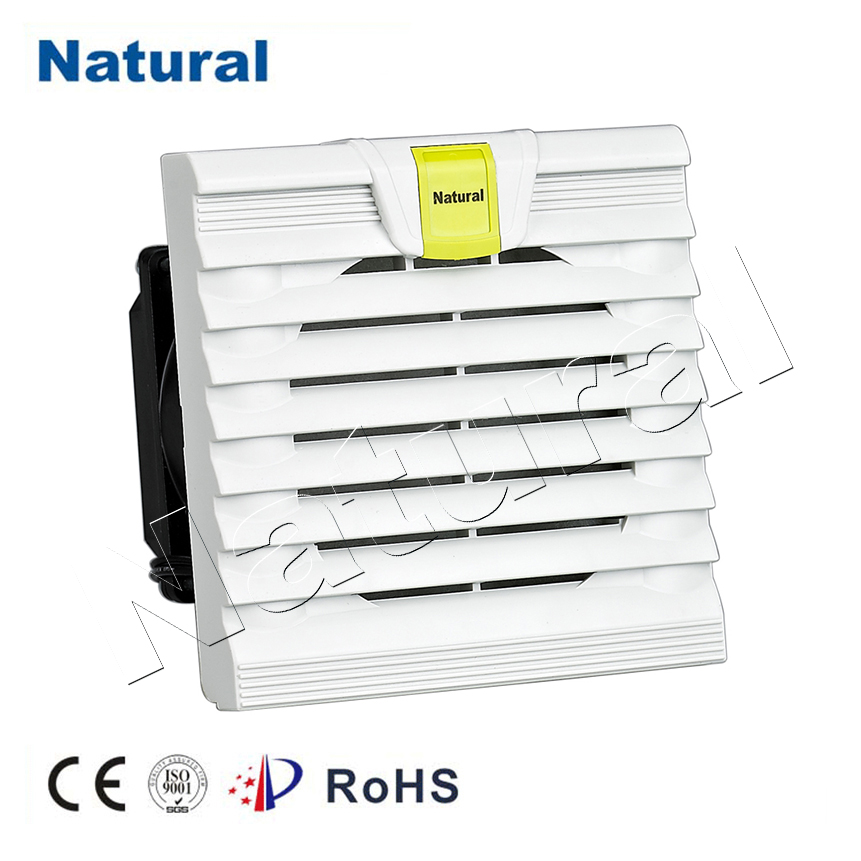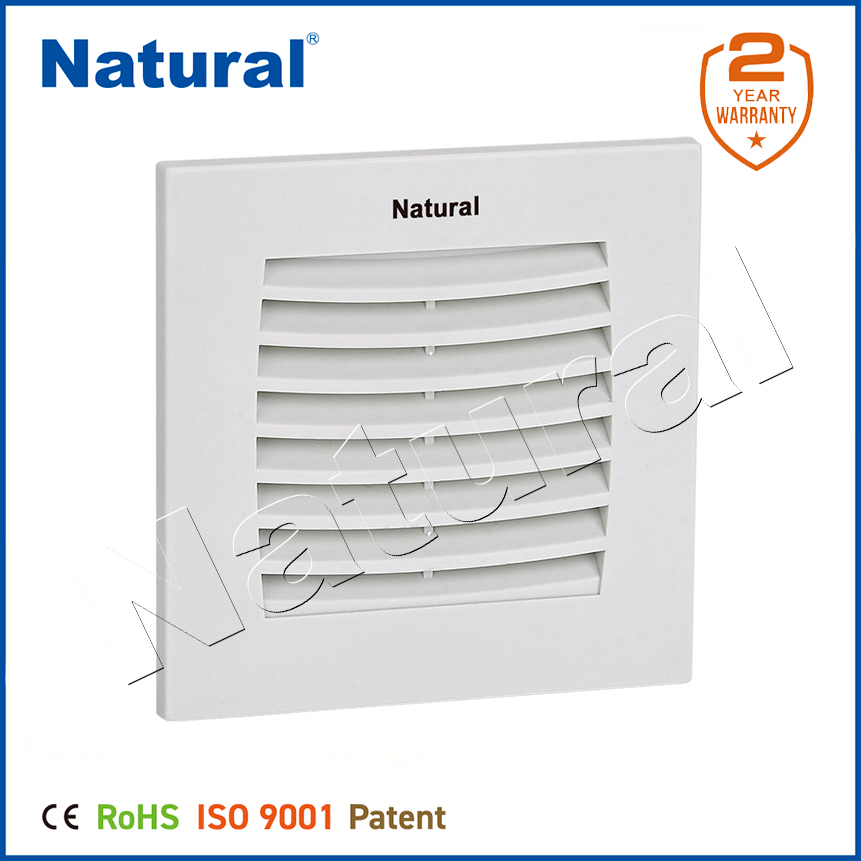When it comes to ensuring the proper functioning of electronic equipment, whether in industrial settings or residential applications, managing heat and maintaining airflow are crucial. This is where the significance of cabinet fans and filter fans comes into play. These cooling systems are designed to regulate temperature, prevent overheating, and maintain an optimal environment for sensitive devices and machinery. In this article, we’ll explore what cabinet fans and filter fans are, their purposes, and how they work together to enhance cooling efficiency.

What is a Cabinet Fan?

A cabinet fan is an essential component used in various types of enclosures or cabinets to provide cooling by circulating air. These fans are often installed within electronic equipment racks, server rooms, and industrial machinery. Their primary role is to remove heat from within the enclosed space, thereby reducing the internal temperature of the cabinet. The heat generated by electronic devices, motors, or servers can be detrimental to their performance and longevity. If the temperature inside the cabinet rises too much, the equipment may malfunction or even become damaged. Cabinet fans are designed to prevent this by promoting airflow that helps to dissipate the heat, thus maintaining the optimal temperature range for the internal components.
